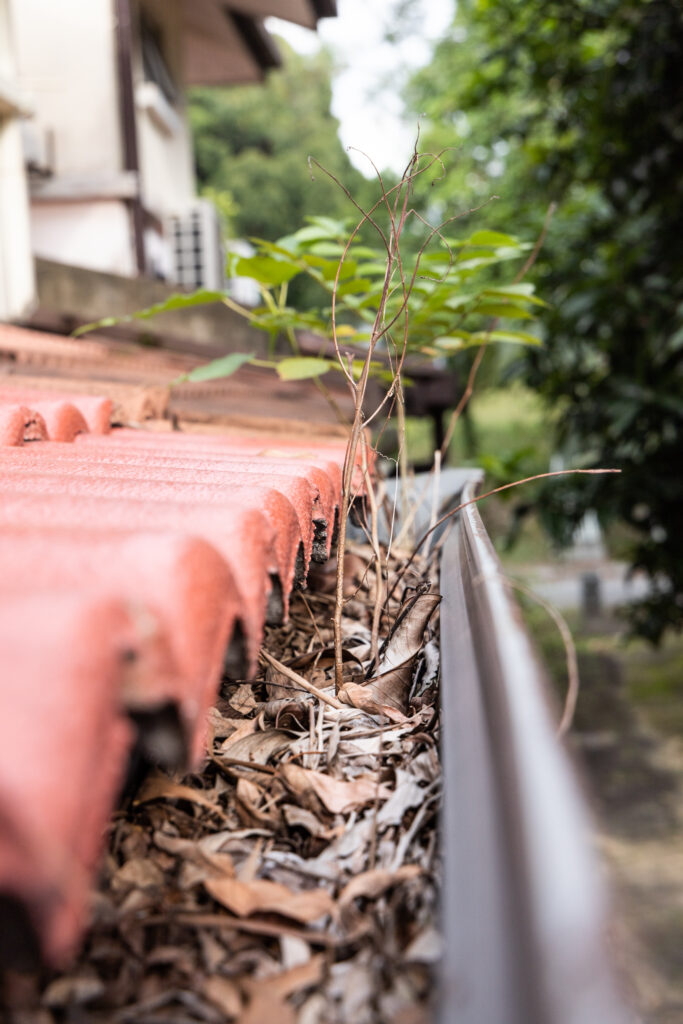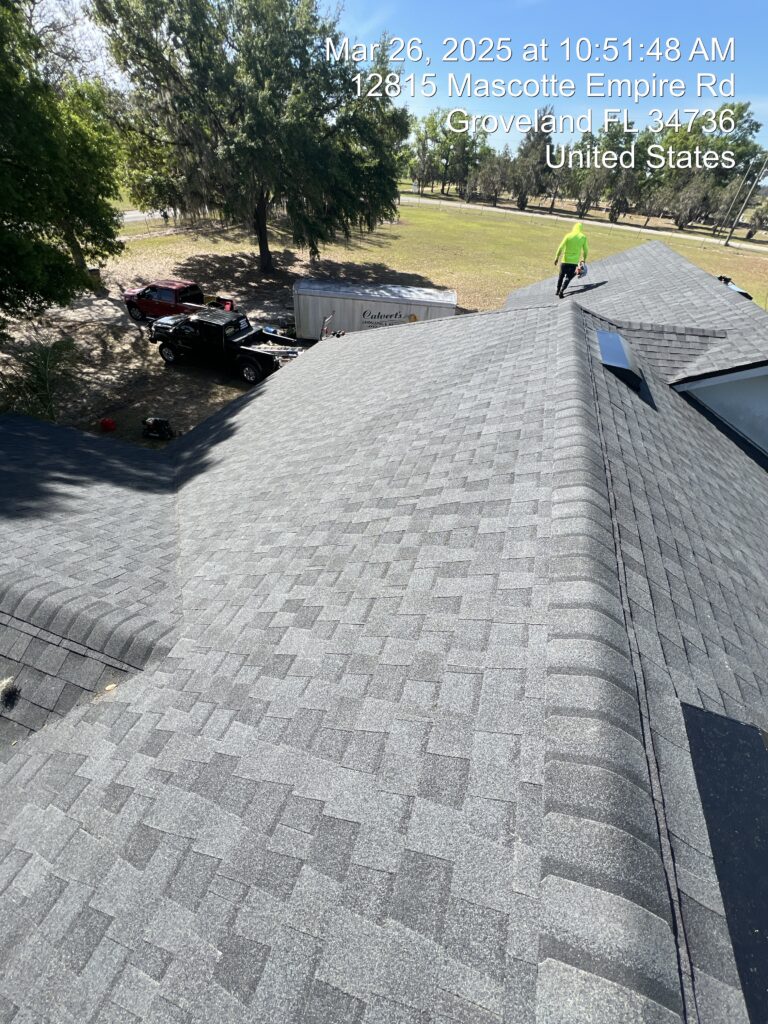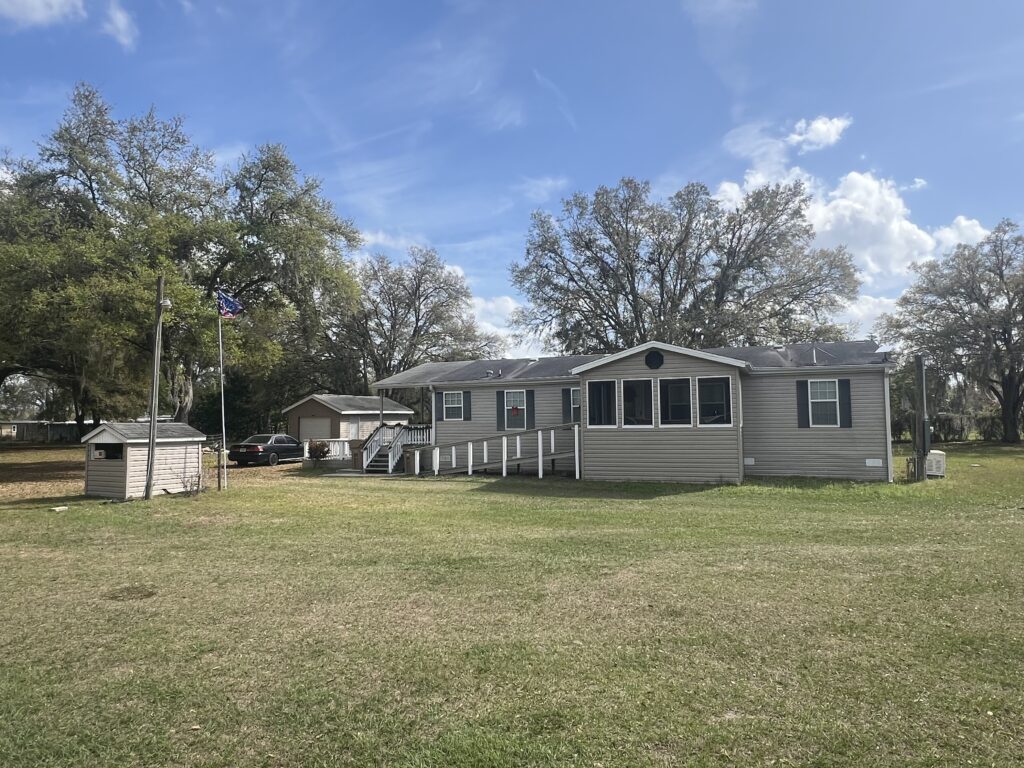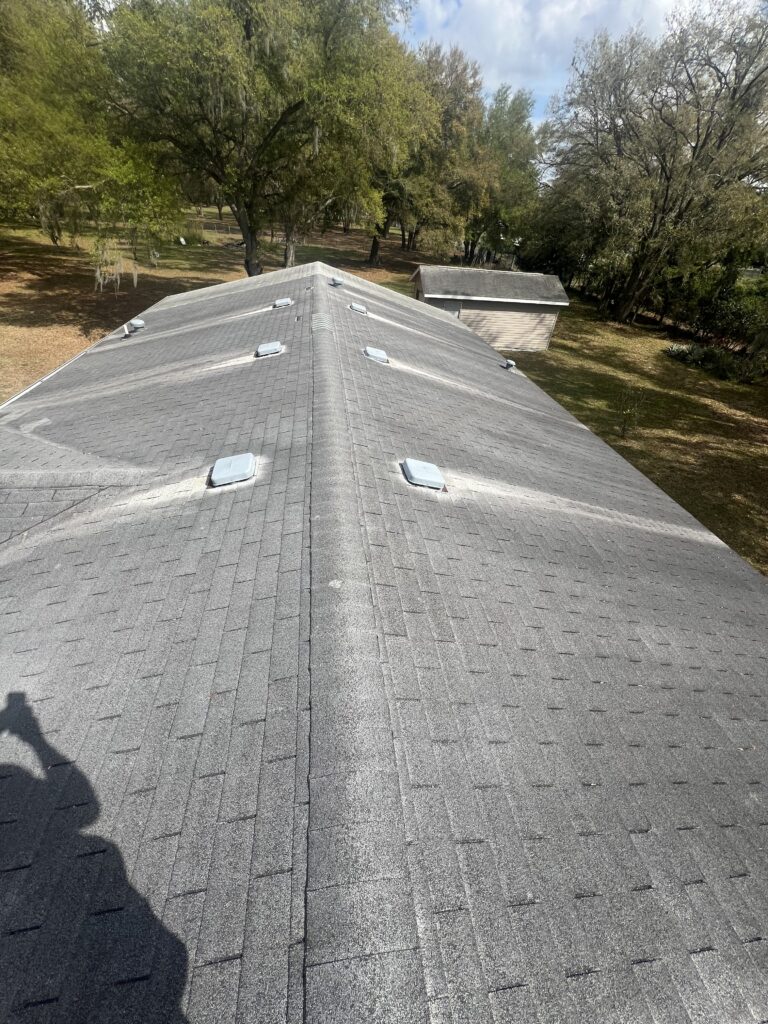How to Know When It’s Time for a Roof Replacement
Your roof is the ultimate guardian of your home, a silent protector standing vigilant against the intense sun, heavy rains, and formidable storms that define life in Clermont, Florida. It works tirelessly, day in and day out, to keep your family, your possessions, and the very structure of your home safe and dry. Because it performs its job so consistently, it can be easy to overlook its condition until a major problem, like a prominent leak, suddenly demands your attention. For many homeowners, the greatest challenge is deciphering the subtle clues the roof provides. Distinguishing between a minor issue that requires a simple repair and a systemic problem indicating the end of your roof’s functional life is a crucial skill for protecting your most significant investment.
Making the decision to replace your roof is not a small one, but delaying it can lead to far more extensive and costly damage down the road. The key is to be proactive rather than reactive. Understanding the signs of a failing roof allows you to plan and budget for a replacement on your own terms, not in a state of emergency after a hurricane or a major leak has forced your hand. This guide is designed to provide Clermont homeowners with a comprehensive understanding of what to look for, from the ground, in the gutters, and inside the attic. By learning to recognize these indicators, you can make a confident and informed decision about the health of your roof and the future security of your home.
The Age of Your Roof: A Primary Indicator
One of the most straightforward, yet critically important, factors in determining the need for a roof replacement is its age. Every roofing material has an expected operational lifespan, and here in Florida, the harsh climate can significantly influence that timeline. The relentless exposure to intense ultraviolet rays, the high humidity, and the thermal shock of daily temperature fluctuations all contribute to the accelerated aging of roofing components. While materials like tile and metal boast impressive longevity, the most prevalent material on homes across our state, the asphalt shingle, has a much more defined expiration date.
For a standard architectural asphalt shingle roof in the Clermont area, a typical lifespan is anywhere from twenty to twenty-five years. If your roof is approaching this age range, or has already surpassed it, you should begin considering a replacement, even if there are no immediate, glaring signs of failure. The reality is that after two decades of service under the Florida sun, the asphalt in the shingles has lost much of its flexibility, the granules that protect it have thinned, and the sealant that holds everything together has become brittle. It is no longer providing the robust protection it once did.
It is a common misconception to judge a roof solely by its appearance from the street. An older roof might not look terrible from a distance, but its ability to withstand the uplift forces of a tropical storm or prevent water intrusion from a driving rain has been severely compromised with age. The underlayment beneath the shingles, which serves as a secondary water barrier, also has a finite lifespan and deteriorates over time. Proactively replacing an aging roof is a strategic decision to prevent the inevitable failure that will occur when its materials can no longer perform as designed. It is about replacing the system before it fails, not after the damage has already been done.
Visible Signs of Wear and Tear from the Ground
You do not need to be a roofing expert to begin assessing your roof’s condition. A simple visual inspection from the safety of your yard can reveal a wealth of information and provide some of the clearest signs that your roof is nearing the end of its service life. Take a walk around your property on a clear day and look closely at different sections of the roof, paying attention to any areas that look inconsistent or damaged.
One of the most telling indicators of an aging asphalt shingle roof is the condition of the shingles themselves. Look for shingles that are curling at the edges or clawing, which is when the middle of the shingle tab starts to bulge upwards. This is a direct result of long term heat exposure causing the shingle to shrink and lose its shape. These distorted shingles are no longer sealed properly to the roof and are extremely vulnerable to being caught and ripped off by high winds. Similarly, search for any visible cracks in the shingles. While some minor crazing can occur, deep, obvious cracks that run through the shingle are a serious red flag, as they create a direct pathway for water to seep down to the underlayment.
Another unmistakable sign is missing shingles. While a single shingle might come loose in a storm and be a candidate for a simple repair, observing numerous missing shingles across different areas of the roof points to a much larger issue. This indicates that the adhesive strips on the underside of the shingles have failed on a widespread basis. Once this bonding agent is compromised, the entire roof system becomes susceptible to progressive wind damage. You should also take note of any dark streaks or widespread algae growth. In Florida’s humid environment, the growth of an algae called Gloeocapsa magma is common. While often considered a cosmetic issue, heavy algae growth can trap moisture against the shingle surface, which slowly eats away at the protective granules and shortens the roof’s lifespan. It is a visual cue that the roof is aging and retaining damaging moisture.
Investigating Your Gutters and Attic
Some of the most definitive evidence of a failing roof is not found on the roof itself, but rather in the gutters that line its edges and the attic space just below it. These areas provide a forensic look at how your roofing system is truly performing and can reveal problems long before they become visible inside your living space. Cleaning out your gutters becomes more than just a chore; it is an important diagnostic checkup for your roof.

When you inspect your gutters, be on the lookout for an excessive accumulation of what looks like black sand or gravel. These are the protective granules from your asphalt shingles. A brand new roof will shed some loose granules, but if you are finding handfuls of them in your gutters, it is a critical sign of advanced aging. These granules serve as the primary shield for the asphalt layer, protecting it from the damaging effects of UV radiation. As they fall away, the asphalt is exposed, causing it to become brittle, crack, and rapidly deteriorate. A roof that is shedding a significant amount of granules is effectively “balding” and has lost its most important layer of defense, making a replacement imminent.
After checking your gutters, the next place to investigate is your attic. On a bright, sunny day, go into your attic space and, with the lights off, look up at the underside of the roof deck. If you see any beams of daylight peeking through, you have an obvious and direct breach in your roof that needs immediate attention. More subtly, use a flashlight to scan the plywood or OSB sheathing for any dark stains, water marks, or areas that appear discolored. These are telltale signs of a slow leak. Also, inspect the insulation for any areas that look damp, compacted, or show signs of mold or mildew. An attic investigation allows you to catch a leak at its source before it has a chance to saturate your ceiling drywall and cause significant interior damage.
The Unmistakable Evidence of Water Leaks
While visual inspections from the ground and investigations in the attic can provide early warnings, the presence of active water leaks inside your home is the most urgent and unmistakable sign that your roof has a significant problem. By the time water has made its way through the roofing material, the underlayment, the roof deck, and the attic insulation to stain your ceiling, the point of failure is often severe. This is no longer a question of if you should act, but how quickly you can.
The most common interior sign is a discolored, brownish stain on your ceiling. It is important to understand that water often travels a considerable distance from where it enters the roof to where it finally appears inside. A leak that shows up in your living room ceiling may have originated from a compromised pipe boot or flashing much higher up on the roof. Do not dismiss a small stain, as it represents a much larger area of saturated material in your attic and is a clear signal that the roof’s defenses have been breached.
In addition to stains, be watchful for paint that is bubbling or peeling on your walls, particularly near where the wall meets the ceiling. This occurs when the drywall behind the paint becomes saturated with moisture over a prolonged period. The water seeps down the wall cavity from the attic, causing the paint to lose its adhesion. This is not a simple cosmetic issue to be covered with a fresh coat of paint; it is a direct symptom of a persistent roof leak that requires a thorough investigation and, more often than not, points to the need for a full roof replacement to resolve the underlying cause and prevent future occurrences.
The Aftermath of Florida’s Severe Weather
Living in Clermont means accepting the reality of severe weather. Hurricanes, tropical storms, and intense afternoon thunderstorms are a part of life, and they are the ultimate test of your roof’s strength and integrity. A major weather event can take a roof that was already in decline and push it into complete failure. This is why a post-storm inspection is not just a good idea; it is an essential part of responsible homeownership in our region.
Following a significant storm, some damage will be immediately obvious. Large sections of missing shingles, downed tree limbs resting on the roof, or visible holes from flying debris are clear emergencies that require immediate professional attention. This type of catastrophic damage almost always necessitates a full roof replacement, as the structural integrity of the entire system has been compromised. Do not attempt to inspect this level of damage yourself; stay on the ground and call a professional roofer right away.
However, not all storm damage is so dramatic. One of the most common and insidious forms of damage is wind lift. During periods of high wind, shingles can be lifted from the roof deck, breaking the adhesive seal that bonds them to the course below. After the wind subsides, the shingle may lay back down, appearing perfectly normal from the ground. But the seal is broken, and that shingle is now nothing more than a loose flap. In the next driving rain, water will be forced up underneath it, leading to a significant leak. A professional roofer knows how to spot this type of hidden damage by physically checking the adhesion of the shingles.
After any significant weather event, it is imperative to have your roof professionally assessed. Insurance companies often have a limited window of time in which to file a claim for storm damage, and identifying these less obvious issues is key. A professional inspection can determine if the storm has simply shortened your roof’s remaining life or if it has caused enough widespread damage to warrant a complete replacement, ensuring the long-term protection of your home against future storms.
Determining the right time for a roof replacement is a process of careful observation and understanding what the signs of aging and damage truly mean. From monitoring the age of your roof and conducting visual inspections from your yard to checking for granule loss in your gutters and evidence of leaks in your attic, you can build a complete picture of your roof’s health. In Florida, where severe weather is a constant threat, being proactive about your roof’s condition is not just a recommendation, it is a necessity for protecting your home and family.
Ultimately, your roof is a complex system of interconnected components, and when one part begins to fail, it is often a sign that the rest of the system is not far behind. While a minor, isolated repair may sometimes be a viable option, chasing leak after leak on an old, deteriorating roof is often a costly and losing battle. A full roof replacement provides a comprehensive solution, restoring the integrity of the entire system with new materials and modern installation techniques that are better equipped to handle our unique climate. It is an investment in security, peace of mind, and the long-term value of your property.
If you have noticed any of the signs discussed in this guide, or if your roof is simply reaching an advanced age, the next step is to get a professional opinion. We invite you to contact Clermont Roofing for a thorough, no-obligation roof inspection. Our experienced team can provide an honest and detailed assessment of your roof’s condition, answer all of your questions, and help you make the best decision for your home.





